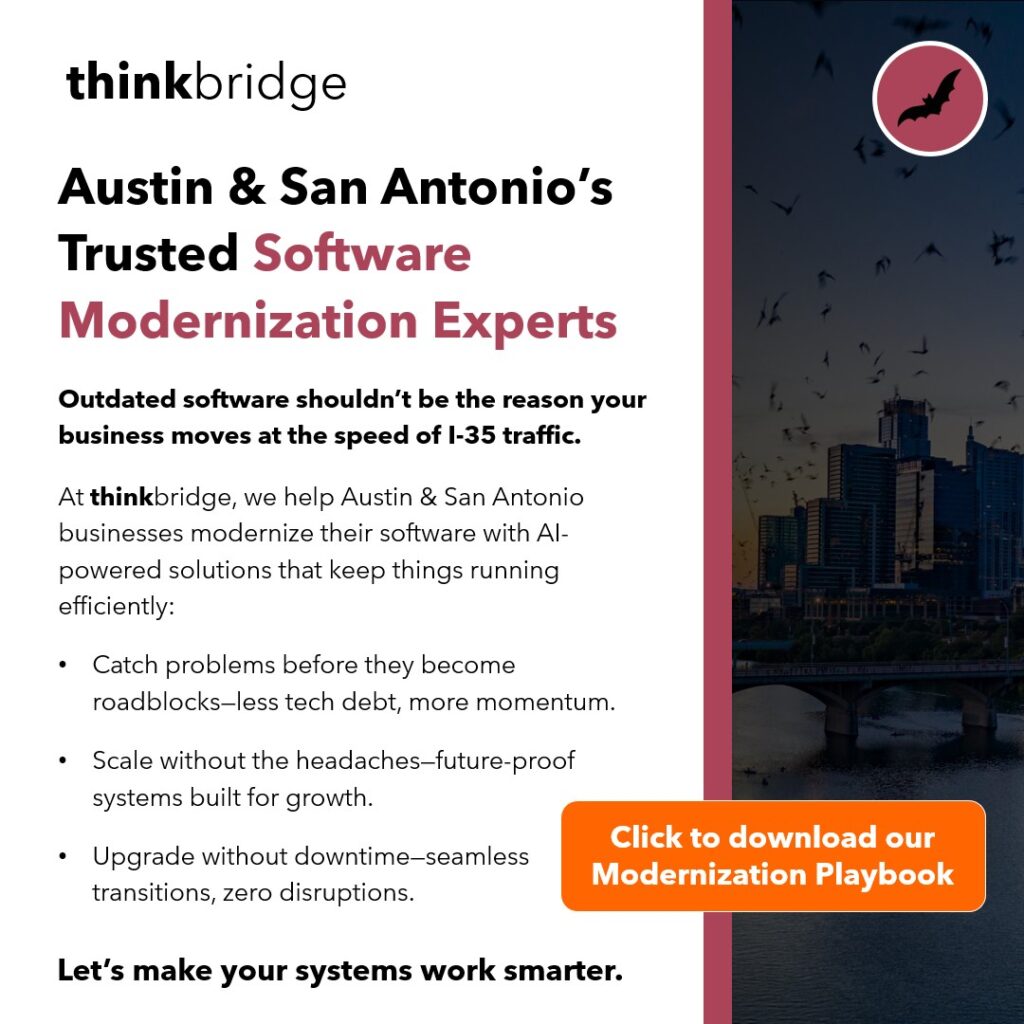By LAURA LOREK
Founder of Silicon Hills News
“Eventually devices – automobiles and so on – will be able to not just capture information but then actuate or control machines around you based on biometrics coming off your own body,” said Brad Armstrong, National Instruments’ Senior Marketing Communications Manager, East Asia.
For example, a car’s controls could adjust the temperature and music in response to your mood.
That’s just one of the applications of National Instruments’ LabVIEW software that was on display at NIWeek at the Austin Convention Center. NI, founded in Austin in 1976, has 35,000 customers worldwide and annual revenue of more than $1.1 billion. NIWeek, which ran Monday through Thursday, is one of the largest engineering test and measurement conferences in the world. About 4,000 people attended. The exhibits showcased the latest in engineering for robotics, space, automotive, Internet connectivity in Intel’s “The Internet of Things” booth and even sports. NI engineers showed off how its LabVIEW software can be used to measure an athlete’s response time in an obstacle course or a golfer’s swing.
The exhibits showed off the vast range of applications for NI’s engineering tools which companies use to test and measure applications in a variety of industries.
LandSpeed.com had its 56-foot long North American Eagle vehicle, which is attempting to break the world land speed record of 763 miles per hour held by the British since 1997. The 13,000 pound vehicle runs on turbo jet engines and uses NI’s LabVIEW software to measure and improve performance. The team is attempting to break the record at speeds of 771 miles per hour in October.
NI also had its LabVIEW Campus Tour bus on exhibit. The bus and its staff of engineers have travelled around the country to college campuses to educate students about engineering applications.
In a demonstration of NI’s LabVIEW software in robotics, some researchers at the University of Texas at Arlington have created Zeno, a robotic kid, which interacts with children for the early diagnosis and detection of autism. Zeno detects the range of motor skills in kids as early as six months to a year old.
“Ideally people will be able to take this robot home and interact with children on a daily basis,” said Monica Beltran with the UT Arlington Research Institute.
The goal is to get the robot, which currently costs around $2,500, to a price where families can buy one and use it in therapy at home to correct social behaviors. Zeno is currently in clinical trials and is not yet commercially available.
At another exhibit, students from the FIRST Robotics competition showed off their robots and attended NIWeek. NI has a K-12 outreach program to encourage students to pursue degrees in the Science, Technology, Engineering and Math fields. It has been working with the FIRST robotics team to provide the teams with its software for the robots’ controllers.
During an afternoon session on Wednesday, Astronaut Leland Melvin, now associate administrator for education at NASA, gave an inspirational talk to encourage kids to pursue their dreams.
Melvin, a former wide receiver for the Detroit Lions in the National Football League and an engineer, said he asked his dad for a skateboard in middle school and his dad said they didn’t have money for it. So he went to the wood shop and created his own skateboard.
“I became an engineer,” Melvin said.
Then his mom gave him a chemistry kit and that inspired him to become an engineer. He mixed up some chemicals, caused an explosion and burnt a hole in the living room carpet. His father gave him a swat on the bottom as feedback on his project, but that didn’t discourage him.
In engineering, it’s about failing, learning, not giving up and going on to succeed, Melvin said.
He knows that firsthand.
Melvin recounted the time his high school football team was down by a touchdown and he missed a touchdown pass during the final minutes of his senior homecoming game. His coach looked him in the eyes, grabbed his face mask and told him he believed in him and told him to catch the ball. He sent him back into the game to run the play again. The second time Melvin caught the ball and they won the game.
NASA selected Melvin to become an astronaut in 1998 but during the spacewalk simulation training underwater at NASA he had an issue with clearing his ears and he emerged from the water with bleeding ears and he was completely deaf for six months. He left the program to do training for NASA. He worked closely with the 2003 Space Shuttle Columbia Crew. The shuttle disintegrated in 2003 upon reentering the earth’s atmosphere. Melvin lost some good friends. He promised Astronaut Dave M. Brown’s father that he would not let the work his son did, along with the other astronauts, be forgotten. Melvin got clearance from a flight doctor and rejoined the 17th class of astronauts, nicknamed the Penguins. He completed two missions to space. He served on board the Space Shuttle Atlantis as mission specialist on STS-122 and as mission specialist on STS-129.
“I had never flown an airplane before I joined NASA,” Melvin said.

